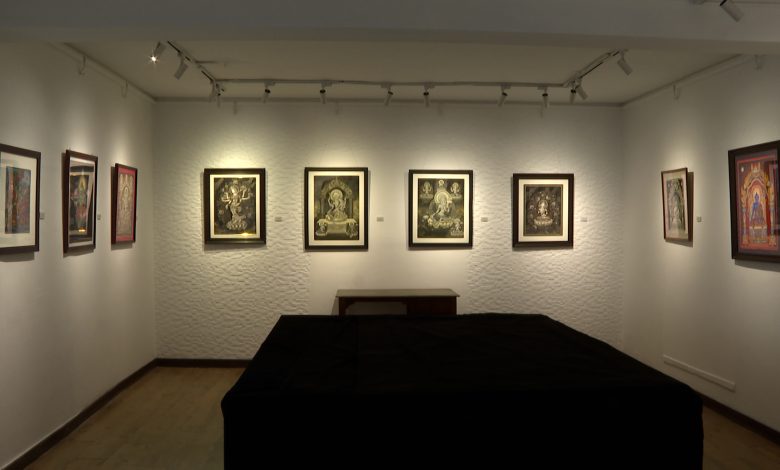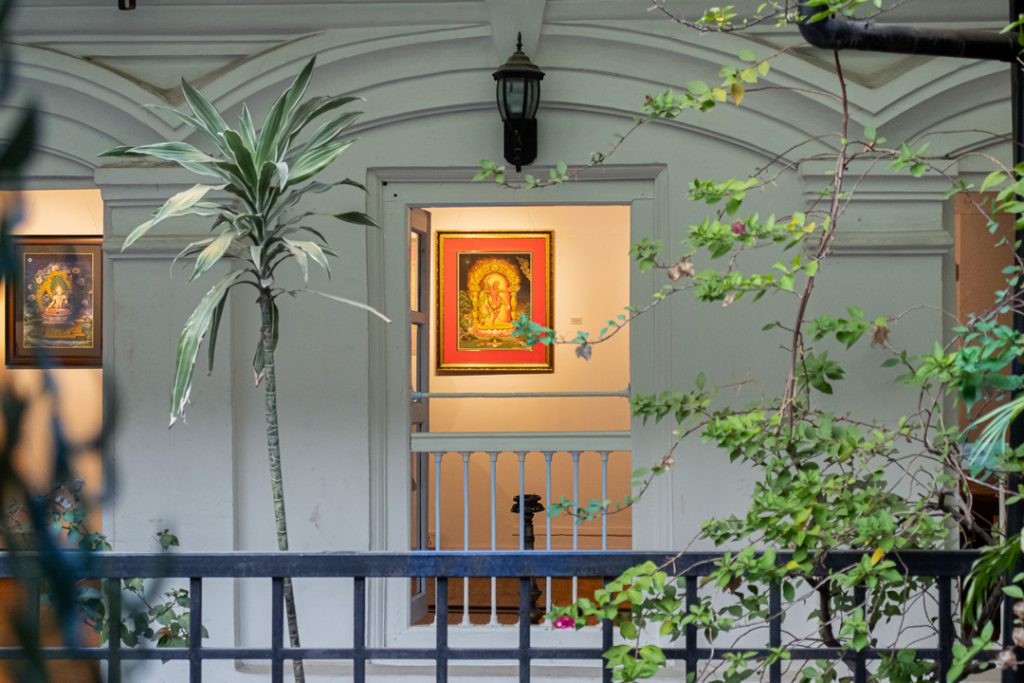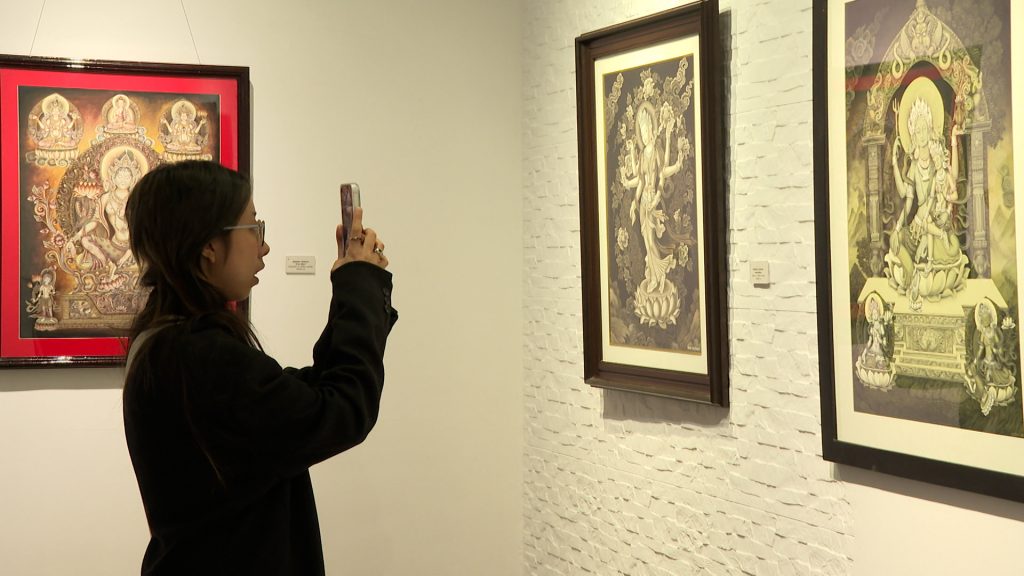Paubha: A Closely Guarded Secret

Suvekshya Rajak
“Masters of Devotion: Paubha Art from Bhaktapur,” a Paubha art exhibition at the Siddhartha Art Gallery, marks a new beginning for the secret Nepali art form that made its debut at the Babar Mahal Revisited.
The exhibition, underway from October 17 to November 22, showcases centuries of artistic devotion and the rich heritage of Nepal’s Paubha painting.
The intricate and deeply spiritual art form of Paubha, a traditional Newar painting practice rooted in Bhaktapur’s rich cultural heritage, is on full display.
Derived from the Sanskrit term Patrabhattarak, meaning depiction of gods and goddesses on a flat surface, Paubha represents more than mere religious imagery, it is a visual dialogue between devotion, discipline, and divine expression.

Historical traces suggest the word Paubha evolved through variations such as Patibahar before reaching its current form, a linguistic journey as layered as the art itself.
For generations, Paubha painting has been preserved through oral transmission within families and castes, where knowledge was guarded closely and passed on to newer generations.
The exhibition highlights this legacy through masterful works by 22 artists from Bhaktapur, celebrating both, the late masters who laid the foundation and the living artists who continue their sacred legacy.

Each painting reflects the artist’s unwavering dedication and long-term perseverance, which have truly paid off.
Artists employed natural pigments, gouaches on cotton canvas, mineral and stone pigments, watercolor, and even Sakura color, reflecting traditional techniques while incorporating subtle modern touches.
“Masters of Devotion” is not just to witness art but also to step into a living tradition, one that continues to evolve while preserving the sanctity of its origins.
Cross Cultural Influence
Paubha paintings share many stylistic and spiritual elements with Tibetan Thangka art.
Historically, Newar artists from the Kathmandu Valley traveled to Tibet and taught Thangka techniques, while Tibetan painters also influenced Paubha styles back home.

This cross-cultural exchange helped preserve and spread the rich iconography and devotional traditions across the Himalayan region.





Comments